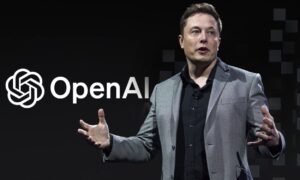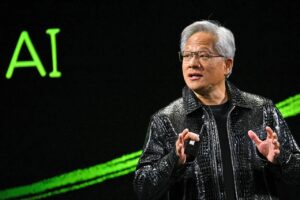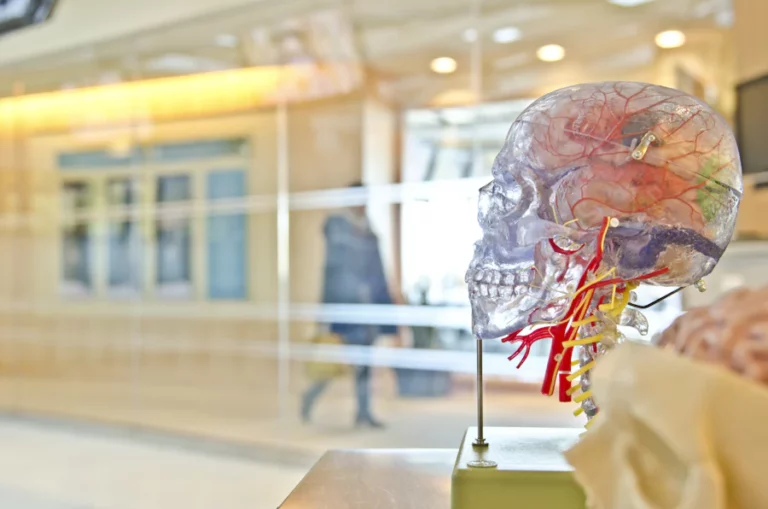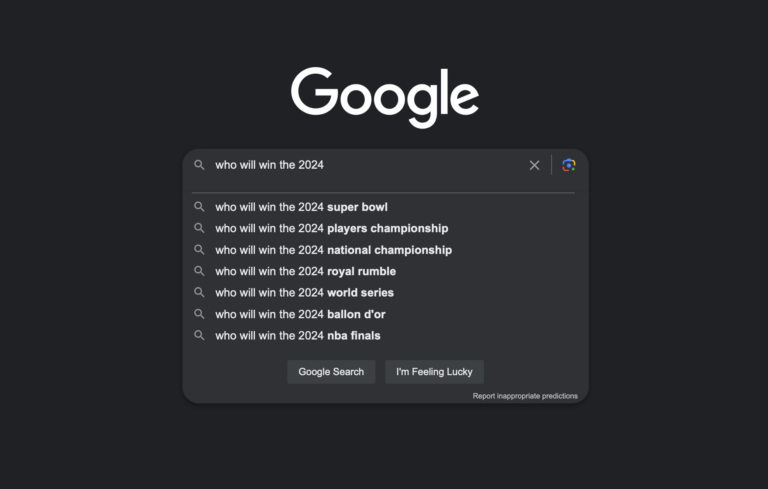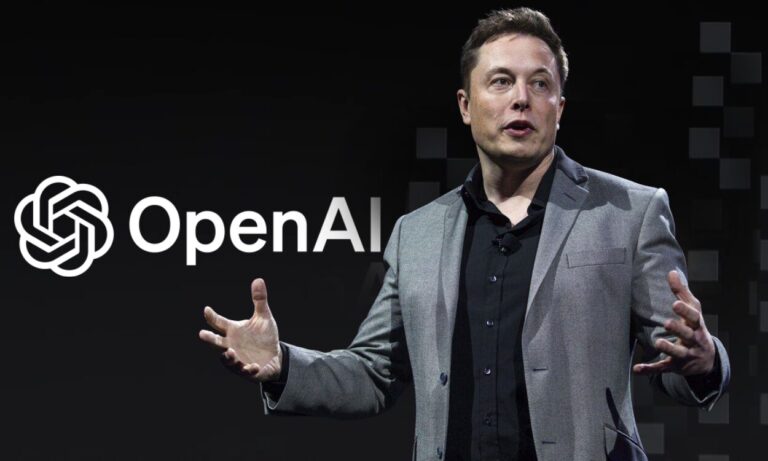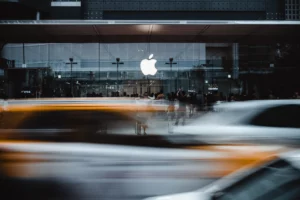
In an era where artificial intelligence (AI) is no longer just a futuristic concept but a part of our daily lives, a groundbreaking innovation has emerged from the labs of Google DeepMind, promising to redefine our interaction with virtual environments. Meet “Genie,” an AI model with the astonishing ability to create interactive worlds from the videos it watches.
Imagine an AI that learns not by reading textbooks or manuals but by watching videos, much like a child learns about the world by observing and interacting with it. Genie does precisely that, but with a twist. It doesn’t just watch videos passively; it uses them to build dynamic, interactive environments where humans can play, explore, and even create.
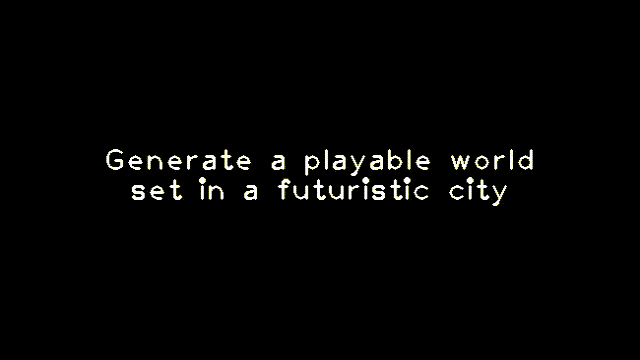
The magic behind Genie lies in its learning process, which requires no direct human guidance. Unlike traditional AI models that rely on labeled data (data tagged with information to help the AI understand what it’s seeing), Genie learns unsupervised from unlabelled Internet videos. This approach allows Genie to understand and recreate complex scenarios and interactions without explicit instructions.
What sets Genie apart is its ability to generate virtual worlds that are not only visually immersive but also interactive. Users can control actions in these worlds through text, images, or sketches. Want to see how a particular action unfolds in a virtual environment you’ve imagined? Just describe it to Genie, and watch as it brings your vision to life, frame by frame.
The implications of Genie’s capabilities are vast and varied. For gamers, it could mean the creation of endlessly evolving game worlds that respond to every action in real-time. For educators, it opens up new avenues for interactive learning, where students can explore historical events or scientific phenomena in a hands-on virtual setting. And for creatives, it offers a new medium for storytelling, where narratives can unfold in interactive environments shaped by the audience’s input.

But Genie’s potential goes beyond entertainment and education. Its technology represents a significant leap forward in the development of AI that can understand and interact with the world in a more human-like manner. By learning from unstructured data (like random Internet videos), Genie is paving the way for AI models that can adapt to a wide range of scenarios without needing to be explicitly programmed for each one.
This development also highlights the growing importance of generative AI, a branch of AI focused on creating new content, whether it be text, images, or in Genie’s case, entire virtual worlds. As AI continues to evolve, the ability to generate dynamic, interactive content could significantly impact how we consume media, learn new skills, and even interact with each other.
In conclusion, while Genie is still in its early stages, its potential is undeniable. It represents not just a technological advancement but a shift in how we think about AI’s role in our lives. From creating immersive gaming experiences to transforming educational content, Genie is poised to open up new worlds of possibilities. As we stand on the brink of this new frontier, one thing is clear: the future of AI is not just about understanding the world as it is, but about imagining and creating the worlds of tomorrow.
Read more @ Google https://sites.google.com/view/genie-2024
